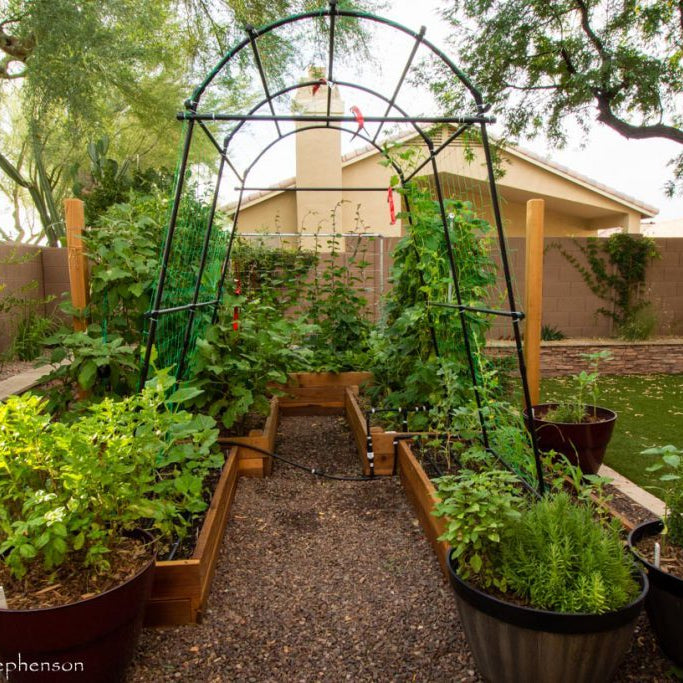
Available 24/7
Available 24/7

Cabbage, known as *Patta Gobhi* in India, is one of the oldest and most versatile vegetables. 🌱
It has been used for centuries and is believed to have been first cultivated around 4000 B.C. in ancient China, where it was even considered a magic cure for baldness.
Over time, cabbage has evolved and today, it is a staple in many kitchens worldwide. The health benefits, versatility in cooking, and ease of growing make cabbage an essential part of any garden.
In this article, we’ll explore everything you need to know about growing organic cabbages and the many benefits they offer. 🍴🌿
When we talk about cabbage, we are referring to a biennial plant from the Brassica oleracea family, which also includes broccoli, cauliflower, and kale.
Cabbage is packed with nutrients, including vitamin C, vitamin K, and a variety of minerals like manganese, potassium, and calcium, making it a powerhouse for your diet. But not only does it offer health benefits, it is also an incredibly rewarding vegetable to grow in your own backyard or garden. 🌍🌻
There are several reasons why you should consider growing organic cabbages in your garden. First and foremost, organic cabbage is free from harmful pesticides and chemicals, ensuring that your food is both healthy and safe to eat. 🌱🍅
Organic farming also helps preserve the environment by promoting soil health and reducing pollution. Growing your own cabbage means you’re not just benefiting your own health but also contributing to a greener planet. 🌍
Homegrown cabbage offers unparalleled freshness and taste. When you pick a cabbage directly from your garden, you’re getting produce that has been ripened naturally, preserving all its nutrients.
The vibrant color, firm texture, and crispy leaves of a homegrown cabbage are unmatched in comparison to store-bought varieties. 🌿🍽️
Cabbage thrives in cool weather, making it a perfect vegetable for growing in the spring or fall. 🏡💚 Whether you’re growing them in the ground or in containers, cabbage requires specific care to ensure healthy growth. Here are some essential tips to help you get started with growing your organic cabbage:
There are several different varieties of cabbage, including green, red, and white cabbage. 🥬 Each variety has its unique characteristics, and the type you choose depends on your preferences and climate.
Red cabbage, for example, is rich in antioxidants and is known for its deep purple color. Green cabbage is the most common variety and is great for salads, slaws, and soups. 🌱 Choose the variety that best suits your needs and taste preferences! 😊
Cabbage grows best in rich, well-drained soil. To prepare the soil, start by mixing in organic compost to improve its texture and nutrient content. 🌾 Organic matter is key to providing the cabbage with the nutrients it needs to grow strong and healthy. Ensure the soil is loose, and work it well to prevent compaction, as cabbage roots need space to spread out. 💧
The soil pH should be slightly acidic to neutral, ideally between 6.0 and 7.0. You can test the soil pH using a soil test kit and amend it as needed by adding lime to raise the pH or sulfur to lower it. 🌿
You can start your cabbage seeds indoors about 4-6 weeks before the last frost date in your region. 🏡🌸 Plant your seeds in seed trays, and make sure they’re placed in a warm area where they can germinate. Once the seedlings are about 3-4 inches tall and the outdoor temperature is consistently above 50°F (10°C), it’s time to transplant them into your garden or containers. 🌞
If you are planting them directly in the ground, make sure you plant them 12-24 inches apart to give them enough space to grow. 🌱 In containers, ensure that the pot is at least 12 inches deep and wide for optimal growth. The key is to provide enough room for the cabbage to form its large head. 🍴
Cabbage needs consistent moisture to grow properly. Water your plants regularly, making sure the soil remains moist but not waterlogged. 💦 Overwatering can lead to rotting, while underwatering can cause stunted growth. A good practice is to water the cabbage deeply, ensuring that the roots get enough hydration. 🌾
Mulching around the plants can help retain moisture in the soil and prevent weed growth. 🌱🍂 Mulching also helps keep the soil temperature stable, which is crucial for cabbage health. Organic mulch such as straw, leaves, or grass clippings works well. 🌿
Cabbages are heavy feeders, meaning they require plenty of nutrients to grow. 🧑🌾 One of the best ways to provide your cabbage with the necessary nutrients is by adding organic compost to the soil.
Compost is rich in nitrogen, which cabbage plants need to promote healthy leaf growth. You can also use a nitrogen-rich organic fertilizer to supplement your plants’ needs. 🌱
Be sure to apply the fertilizer every 2-3 weeks to ensure your cabbage continues to thrive. But be careful not to over-fertilize, as too much nitrogen can result in large, leafy plants with small or underdeveloped heads. 🥬
Cabbage benefits from having companion plants nearby. 🌻 Some excellent companions include herbs like dill and mint, which help repel pests that commonly target cabbage, such as aphids and caterpillars.
Other good companions include beets, celery, and onions. 🧅🍃 These plants help protect cabbage from pests and diseases while also promoting healthy growth. 🍅
After approximately 60-80 days, your cabbage should be ready for harvest. 🌱 When the cabbage head is firm and reaches 4-10 inches in diameter, it’s time to harvest! Gently cut the cabbage head from the stem using a sharp knife. 🍴
If you want more heads from the same plant, simply leave a few outer leaves and cut through the stem. New smaller heads will develop, giving you more fresh cabbage. 🍲
Be sure to store the cabbage properly after harvesting. Keep it in a cool, dry place or refrigerate it for longer shelf life. 🍽️ Freshly harvested cabbage can last up to two weeks when stored in the fridge. ❄️
Organic cabbage is not only delicious, but it’s also packed with health benefits! From boosting your immune system to improving digestion, cabbage is a nutritional powerhouse. 🌱
Cabbage is high in antioxidants, which help fight free radicals in the body and reduce the risk of chronic diseases. 🛡️ It’s also a good source of vitamin C, which supports the immune system and helps maintain healthy skin and tissues. Vitamin K found in cabbage helps maintain bone health and promotes proper blood clotting. 🩸💪
Cabbage is also great for digestion due to its high fiber content. 🍽️ Fiber promotes healthy digestion and helps prevent constipation. It can also support weight loss by keeping you full for longer periods. 🥦
In conclusion, growing your own organic cabbage is a rewarding and sustainable way to eat healthy while contributing positively to the environment. 🌿 From its health benefits to the joy of harvesting your own fresh produce, cabbage is an excellent addition to any home garden. 🏡
So why not give it a try? Start planting your own cabbage seeds today and experience the difference in taste and nutrition. 🍴🌱
Happy gardening! 🌿
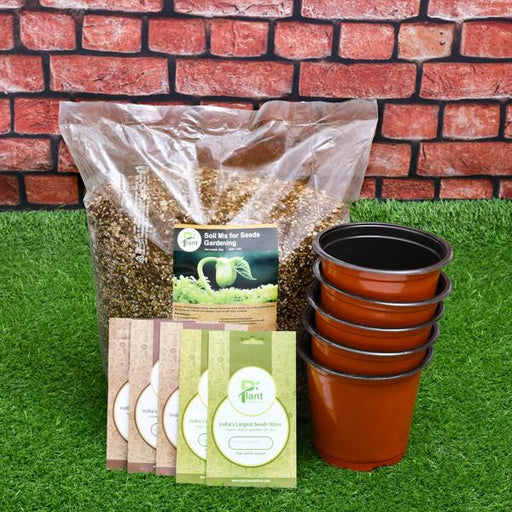
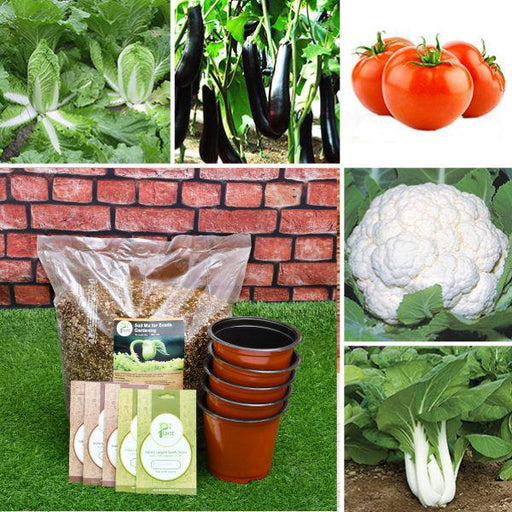 Save 20%
Save 20%
5 Seeds to Grow Vegetables Used in Chinese Recipes Unlock the flavors of authentic Chinese cuisine right in your backyard with our exclusi...
View full details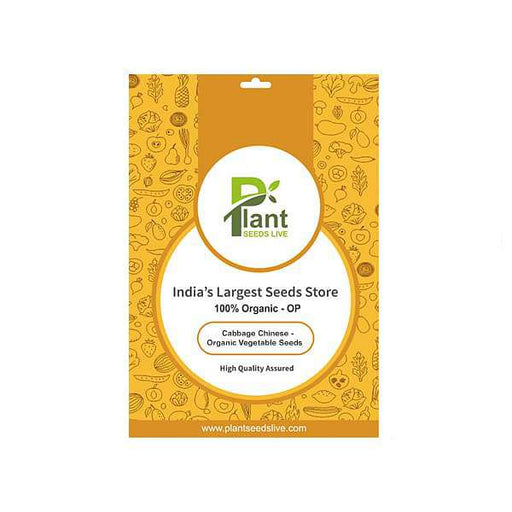
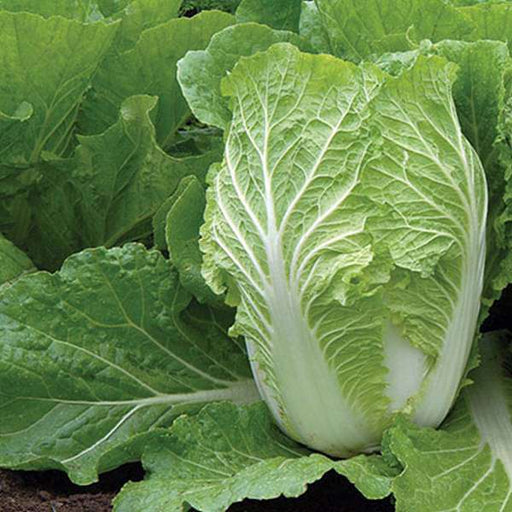 Save 35%
Save 35%
Cabbage Chinese - Organic Vegetable Seeds Discover the vibrant flavors of our Organic Chinese Cabbage Seeds, perfect for home gardeners an...
View full details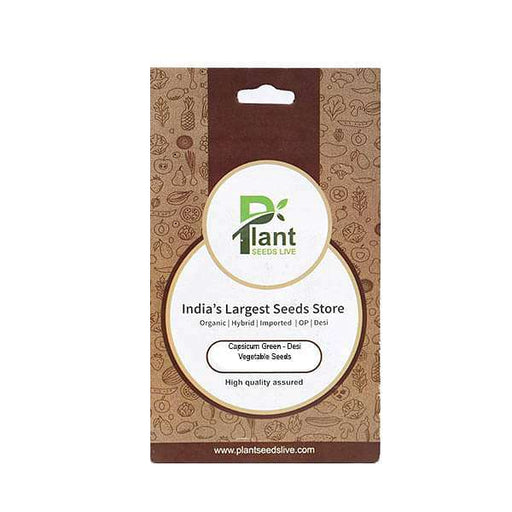
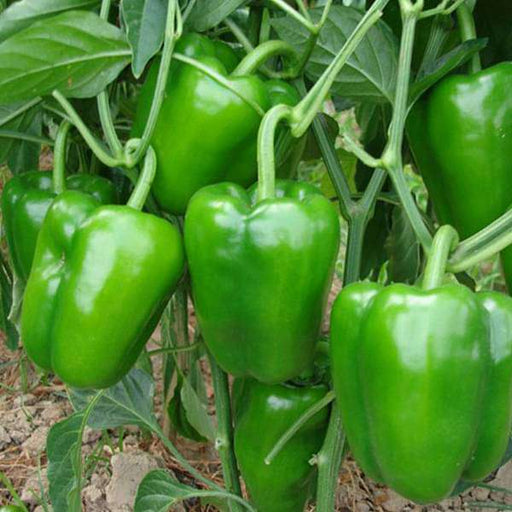 Sold out
Sold out
Capsicum Green - Desi Vegetable Seeds Capsicum Green, also known as bell pepper, is a vibrant and nutritious addition to your garden. Thes...
View full details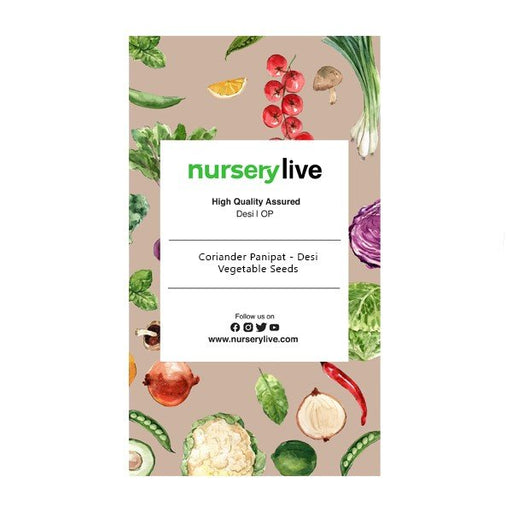
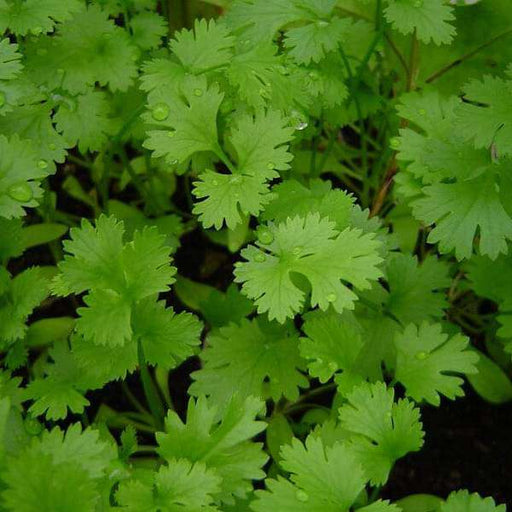 Save 25%
Save 25%
Coriander Panipat - Desi Vegetable Seeds Coriander Panipat is a premium variety of coriander seeds, cherished for its aromatic leaves and ...
View full details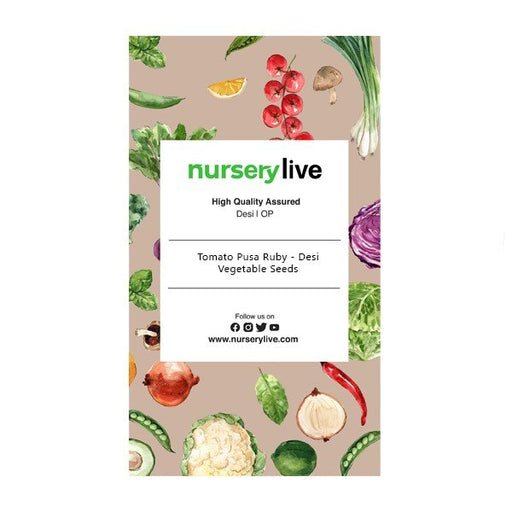
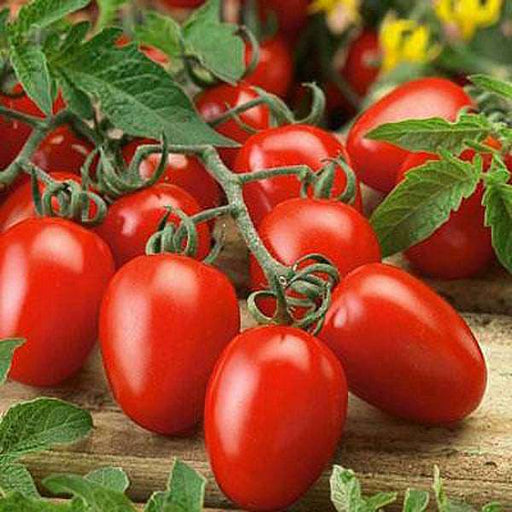 Sold out
Sold out
Tomato Pusa Ruby - Desi Vegetable Seeds The Tomato Pusa Ruby is a premium variety of tomato seeds, renowned for its vibrant red color, jui...
View full details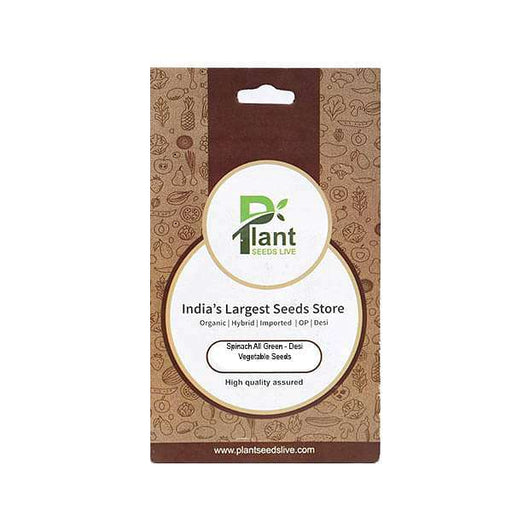
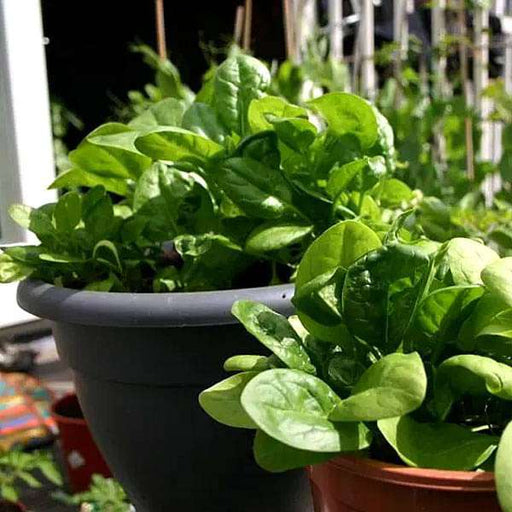 Save 25%
Save 25%
Spinach All Green - Desi Vegetable Seeds Introducing the Spinach All Green - Desi Vegetable Seeds, a premium variety of spinach that thriv...
View full details
 Save up to 15%
Save up to 15%
Peace Lily, Spathiphyllum - Plant The Peace Lily, scientifically known as Spathiphyllum, is a stunning houseplant celebrated for its elegant white...
View full details
 Save 18%
Save 18%
Combo Constituents Includes the Parijat Tree (Night-Flowering Jasmine), a culturally significant plant with fragrant flowers. Description The Pari...
View full details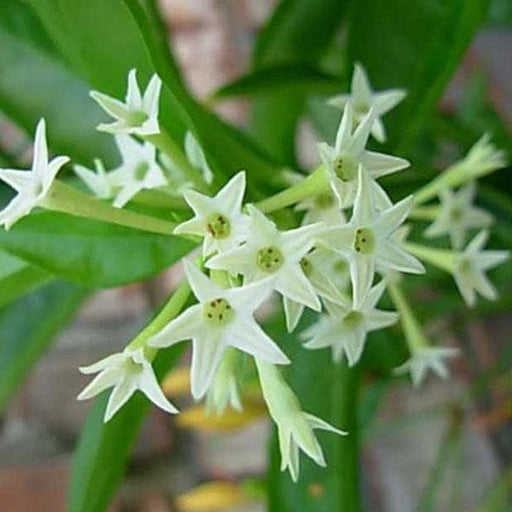
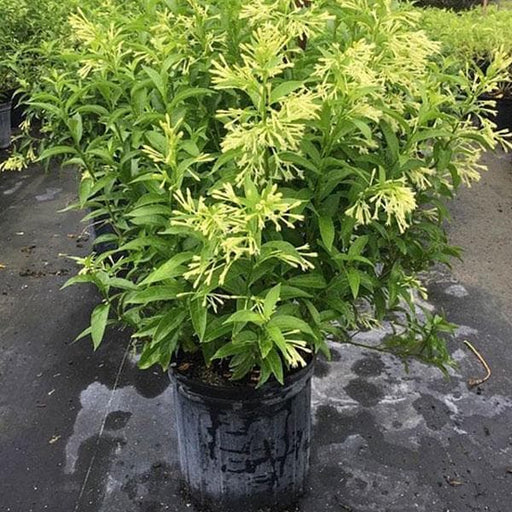 Save 25%
Save 25%
Description Raat Ki Rani (*Cestrum nocturnum*), also known as Night Blooming Jasmine, is a fragrant shrub native to the Caribbean and Central Ameri...
View full details
 Save 25%
Save 25%
Jasminum sambac, Mogra, Arabian Jasmine - Plant Jasminum sambac, commonly known as Mogra or Arabian Jasmine, is a fragrant flowering plant...
View full details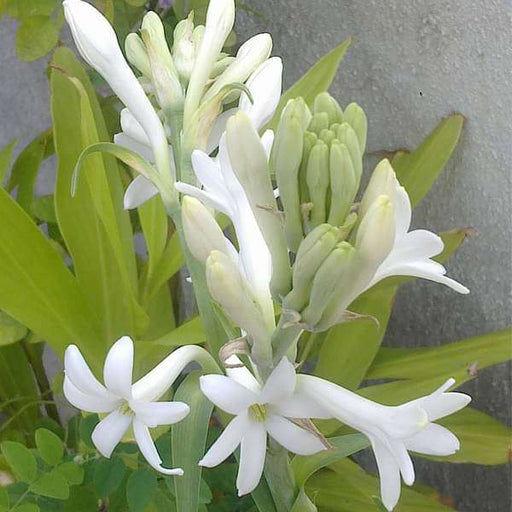
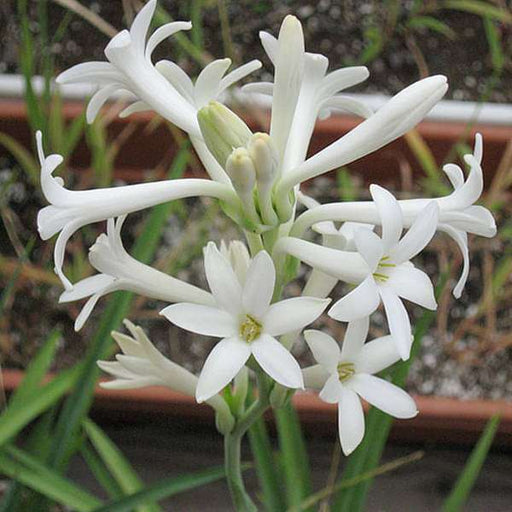 Save 17%
Save 17%
Rajnigandha, Tuberose - Plant The Rajnigandha, scientifically known as Polianthes tuberosa, is a captivating perennial plant renowned for ...
View full details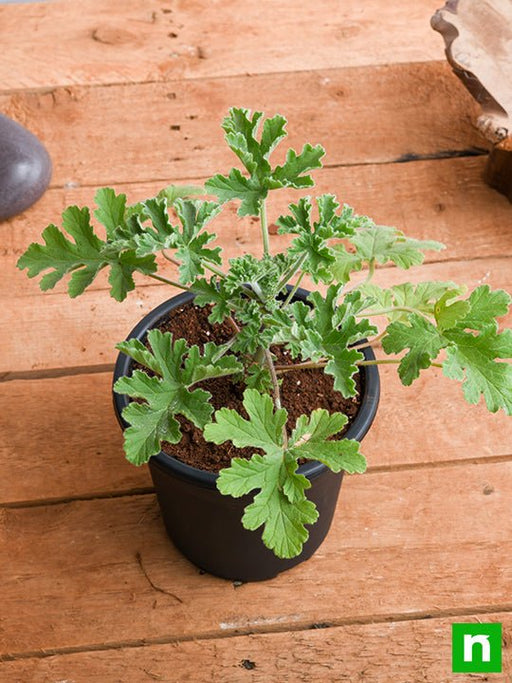
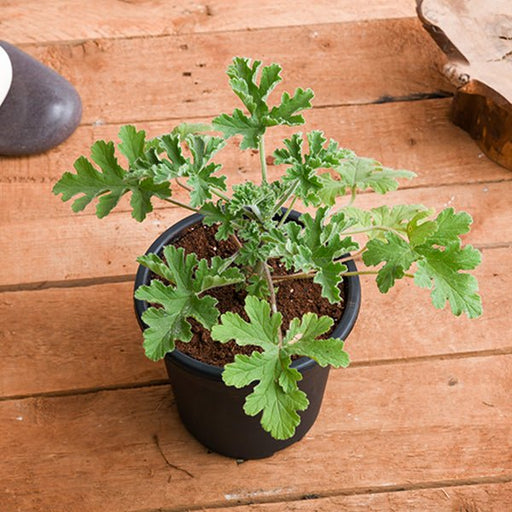 Sold out
Sold out
Citronella, Odomas - Plant The Citronella plant, scientifically known as Cymbopogon nardus, is a tropical grass renowned for its aromatic ...
View full details Save 25%
Save 25%
Damascus Rose, Scented Rose (Any Color) - Plant The Damascus Rose, also known as Rosa damascena, is a timeless symbol of beauty and romanc...
View full details
 Save 35%
Save 35%
Best 6 Plants for Perfect Indoor Garden Transform your living space into a lush oasis with our curated collection of the Best 6 Plants for a...
View full details
 Save up to 50%
Save up to 50%
Mini Succulent Garden Pack Transform your space with our Mini Succulent Garden Pack, featuring a delightful collection of 4 any variety beautiful s...
View full details
 Save 30%
Save 30%
5 Best Fragrant Plants Transform your garden or indoor space into a fragrant paradise with our curated selection of the 5 Best Fragrant Plants. Th...
View full details
 Save 24%
Save 24%
Set of 2 Bonsai Looking Grafted Adeniums Transform your indoor or outdoor space with our exquisite Set of 2 Bonsai Looking Grafted Adenium...
View full details Save 45%
Save 45%
Top 4 Die Hard Succulents Pack Transform your indoor or outdoor space with our Top 4 Die Hard Succulents Pack, featuring a curated selecti...
View full details
 Save 30%
Save 30%
5 Best Indoor Plants Pack Transform your living space into a lush oasis with our '5 Best Indoor Plants Pack.' This carefully curated collection fe...
View full details
 Save 25%
Save 25%
Set of 4 Evergreen Air Purifier Plant Pack Transform your indoor space into a lush, green oasis with our Set of 4 Evergreen Air Purifier Pla...
View full details
Comments
Leave a comment